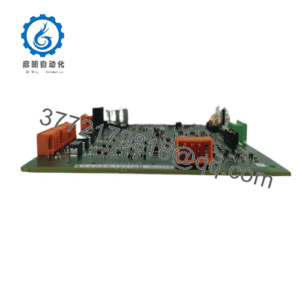Description
In industrial automation, where orchestrating complex processes with thousands of I/O points demands unyielding precision, engineers often grapple with processor bottlenecks, limited memory for advanced control algorithms, or integration hurdles across diverse network topologies. The Allen-Bradley 1756-L73 addresses these challenges as a powerhouse ControlLogix 5570 controller, offering 8 MB of user memory and support for up to 128,000 I/O points, making it a cornerstone for large-scale process control environments. Picture a steel mill where rolling mills, furnaces, and safety systems require synchronized logic under high EMI and temperature swings—if the controller lags or drops connections, you risk misaligned cuts, thermal overruns, or safety trips costing hours of production. This module is pivotal in such high-reliability scenarios, ensuring I/O signal accuracy and system stability for applications like motion control, batch processing, or safety interlocks, all while scaling seamlessly with ControlNet or EtherNet/IP networks.
The Allen-Bradley 1756-L73 excels in setups demanding modular integration, such as petrochemical refineries or automotive plants, where its SIL 2/3 capabilities and redundant configurations prevent single-point failures. Its ability to handle 100 programs and 32 tasks, including event-driven interrupts, sidesteps scan time creep, aligning with goals of real-time diagnostics and reduced commissioning effort. In noisy industrial floors, its robust memory retention via flash storage guards against data loss, while support for integrated motion over SERCOS or CIP Motion ensures precise axis control. Keywords like “industrial automation,” “process control,” “I/O signal,” and “high reliability” capture its essence—the Allen-Bradley 1756-L73 delivers a scalable, resilient brain for automation, minimizing downtime and enabling complex logic in demanding SIL-rated systems.
The Allen-Bradley 1756-L73 resides in slot 0 of the 1756 ControlLogix chassis, driving the backplane to manage up to 17 local I/O modules—such as 1756-IB32 or 1756-OF8—while networking with remote racks via dual-port EtherNet/IP or ControlNet for distributed control. Positioned at the core of the automation stack, it executes ladder, structured text, or function block programs at 0.08 µs/instruction, supporting up to 500 controller-to-controller connections for plant-wide coordination. Its USB 2.0 port enables direct programming, and an optional 1784-SD2 card provides 2 GB of non-volatile storage, ensuring program retention through power cycles. In redundant setups, it pairs with a secondary 1756-L73 via a 1756-RM module, syncing data in under 2 ms for bumpless failover, critical for continuous processes.
Diagnostics are robust, with embedded counters for I/O faults, network errors, or CPU overloads, viewable via Studio 5000 or RSLinx, and status LEDs flag issues like battery health or port activity. In a refinery, the Allen-Bradley 1756-L73 might orchestrate valve sequencing over EtherNet/IP, polling 10,000 points while running SIL 2 safety tasks, with CIP Sync ensuring sub-ms precision for pump controls. Its support for protocols like Modbus TCP or DeviceNet via adapters simplifies integration with legacy systems, and add-on instructions streamline complex math for PID loops or fault trees. This design reduces wiring complexity and enhances scalability, letting engineers focus on process optimization rather than wrestling with communication bottlenecks in the broader automation architecture.
- 1756-L73
- 1756-L73
| Specification | Details |
|---|---|
| Model Number | 1756-L73 |
| Brand | Allen-Bradley (Rockwell Automation) |
| Type | ControlLogix 5570 Controller |
| Input Voltage | 5 VDC (via chassis backplane) |
| Operating Temp Range | 0 to +60°C |
| Mounting Style | Chassis slot 0 (1756 series) |
| Dimensions | 5.7″ x 1.4″ x 5.7″ (145mm x 35mm x 145mm) |
| Weight | 0.45 kg |
| Interface/Bus | EtherNet/IP (dual-port), USB 2.0, ControlNet (optional) |
| Compliance | UL 508, CE, C-Tick, SIL 2/3 (IEC 61508) |
| Supported Protocols | EtherNet/IP, ControlNet, DeviceNet, Modbus TCP, CIP Safety/Sync |
| Typical Power Draw | 800 mA at 5 VDC, 5 mA at 24 VDC |
Choosing the Allen-Bradley 1756-L73 equips your operation with a controller engineered for relentless performance, where its 8 MB memory handles intricate logic—like 50 PID loops or 20-axis motion profiles—without scan overruns, ensuring process control precision that cuts defect rates in high-speed production. Its redundant-capable architecture delivers 99.999% availability, vital for SIL 3 applications, minimizing disruptions from processor faults and extending asset life by reducing stress on downstream actuators. In practice, this means a packaging line can maintain ±0.1% fill accuracy under variable loads, with real-time data feeding FactoryTalk for predictive maintenance, slashing unplanned stops.
Integration is streamlined, as Studio 5000’s add-on profiles auto-detect I/O and drives, cutting setup time by up to 40% in multi-device plants, while the SD card enables one-tap program restores, minimizing recovery after outages. Maintenance is equally efficient: diagnostic tags expose memory or network issues, and hot-swappable chassis support lets technicians address faults without halting logic, aligning with lean repair goals under 20 minutes. For facilities balancing scale with reliability, the Allen-Bradley 1756-L73 transforms control into a strategic asset, enabling seamless expansion and compliance with standards like IEC 61511 without escalating complexity.
In petrochemical refineries, the Allen-Bradley 1756-L73 drives distillation column controls, polling thousands of I/O points over EtherNet/IP in corrosive, high-vibration zones—its SIL 3 tasks ensure high reliability for process control, maintaining critical system uptime to prevent flare events during upset conditions.
Automotive assembly plants rely on the Allen-Bradley 1756-L73 for robotic welding, syncing 30 axes via CIP Motion in dusty, EMI-heavy bays; its fast data cycles uphold process control precision, minimizing weld imperfections in high-throughput lines.
Pharmaceutical batch processing leverages the Allen-Bradley 1756-L73 for reactor sequencing, integrating analog I/O and safety relays in sterile, humid cleanrooms—its robust memory and redundancy deliver process control integrity, ensuring compliance with GMP standards.
1756-L71 – 2 MB memory variant for smaller-scale applications with similar networking.
1756-L75 – 32 MB upgrade for ultra-large programs and data-intensive tasks.
1756-L72 – 4 MB mid-tier option balancing capacity and cost in L73 series.
1756-IB32 – 32-point digital input module to expand L73’s local I/O reach.
1756-OF8 – 8-channel analog output module for precise control in L73 systems.
1756-EN2TR – Dual-port EtherNet/IP module for DLR redundancy with L73.
1784-SD2 – 2 GB SD card for non-volatile storage in L73 backups.
1756-RM – Redundancy module for fault-tolerant L73 pairings.
Before installing the Allen-Bradley 1756-L73, confirm chassis compatibility (1756-A10/A17) and update firmware to v28 or later via ControlFLASH to sync with Studio 5000—mismatches cause tag faults. Verify backplane power at 5 VDC with ripple under 50 mV, and test grounding resistance below 0.3 ohms per NEC. For DLR setups, configure static IPs and validate ring latency under 2 ms using a network analyzer. Ensure battery (1756-BA2) voltage exceeds 2.9 V, and secure SD cards with write-lock to prevent overwrites.
Maintenance involves monthly LED checks for OK/IO status, pulling logs via RSLinx if faults blink—reset via keyswitch for transient errors, logging repeats to monitor health. Quarterly, re-torque slot screws to 0.5 Nm and inspect for dust ingress in humid zones, cleaning with ESD-safe air. Annually, simulate I/O faults in Studio 5000 to verify scan times under 3 ms, and replace batteries if below 2.7 V. These IEC 61508-aligned steps keep the Allen-Bradley 1756-L73 sharp without disrupting workflows.

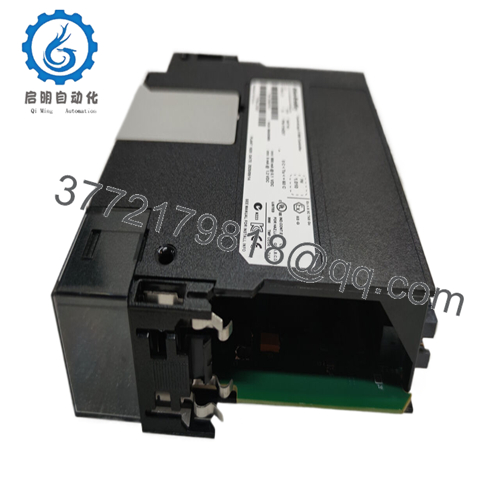
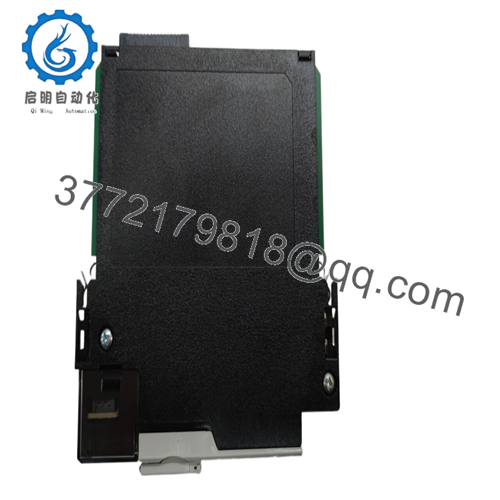
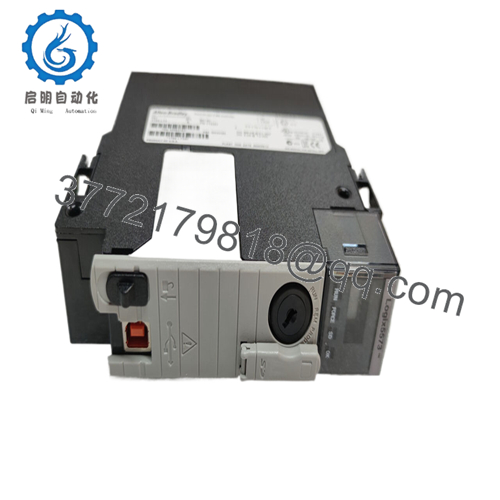
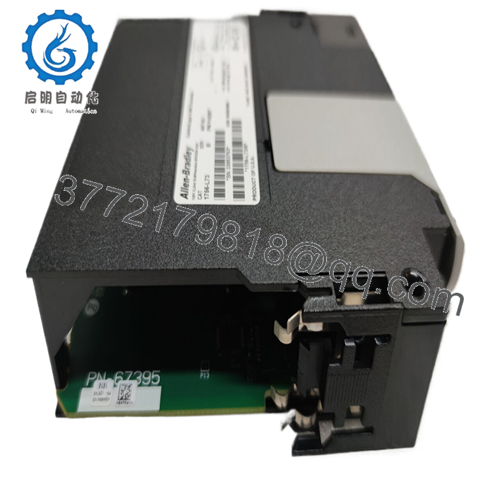
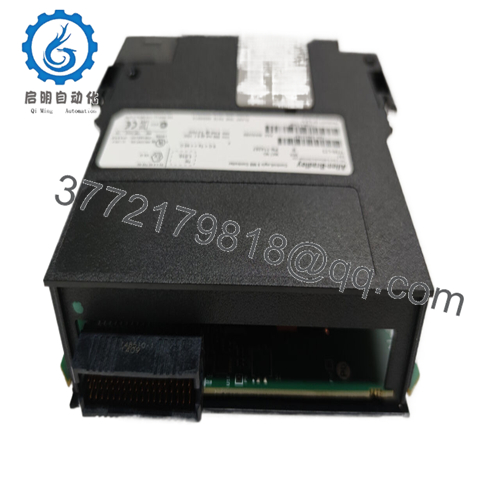
 WhatsApp: +86 16626708626
WhatsApp: +86 16626708626 Email:
Email:  Phone: +86 16626708626
Phone: +86 16626708626
